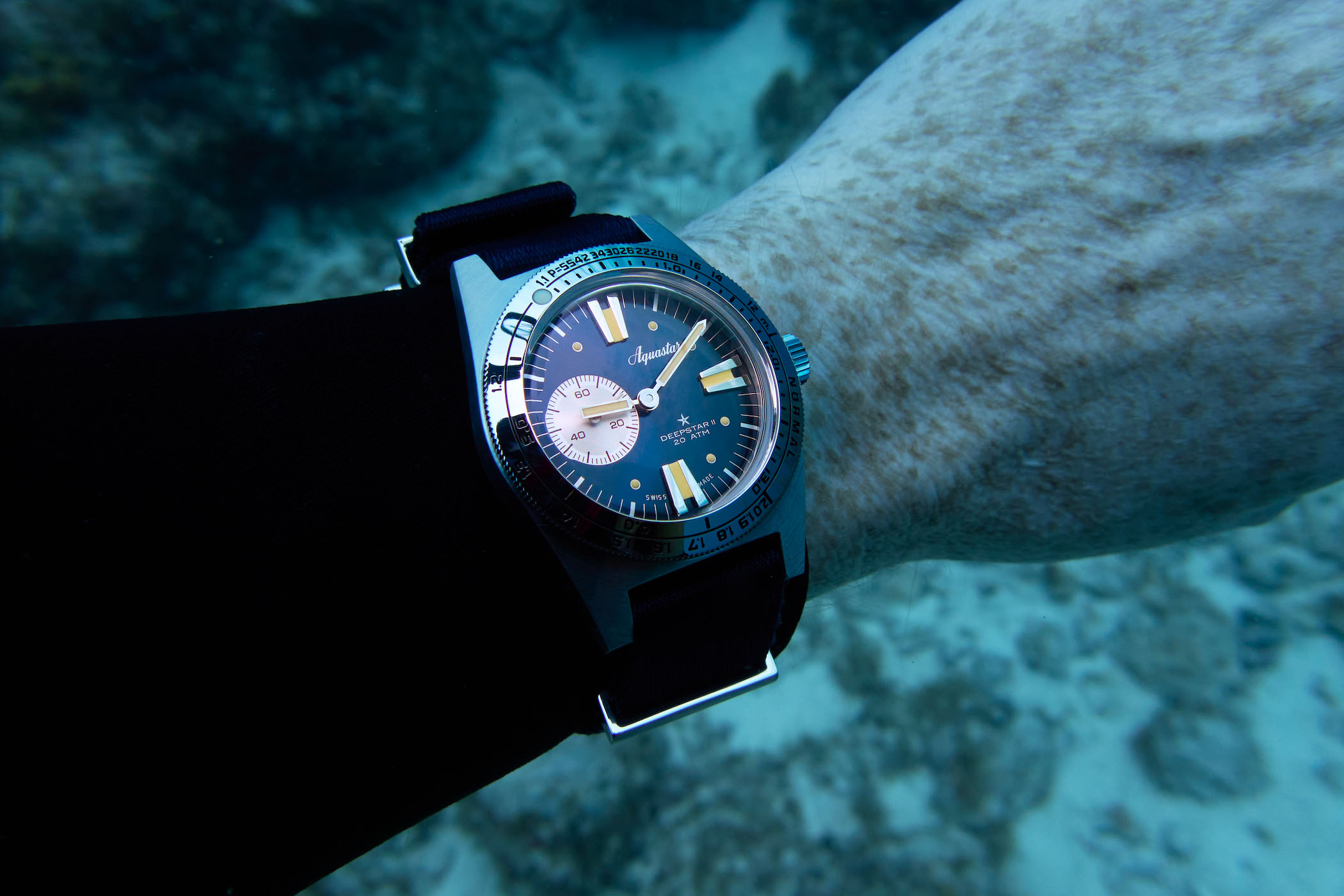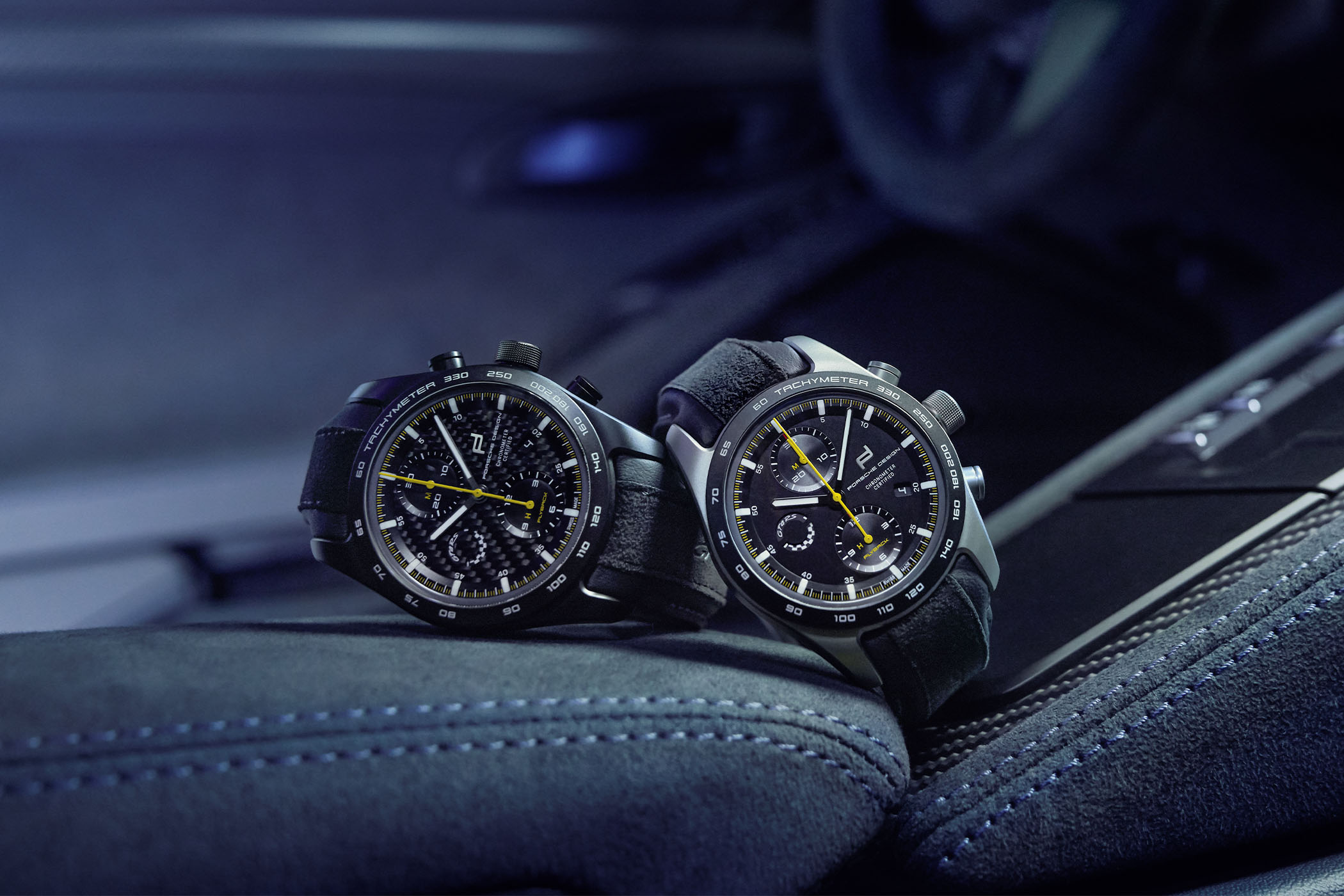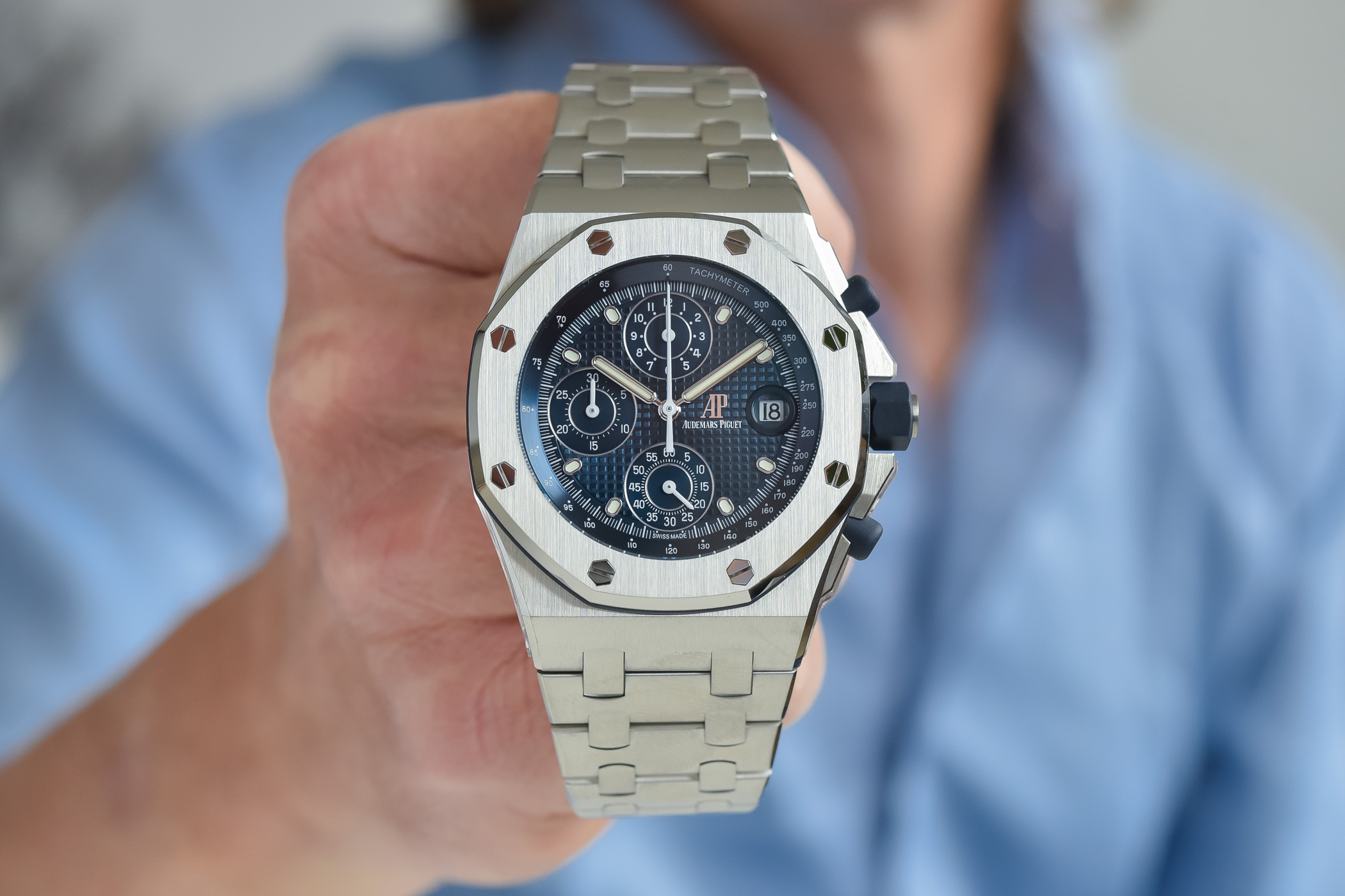WatchTime Wednesday: The Rolex Explorer 1 39mm ref. 214270, review of an icon (specs and price)

The Rolex Explorer 1 had always been in the shadows of the stars – Submariner, Daytona, GMT Master or even DateJust. However, the simplicity of the Explorer 1 hides a very long and rich history and an underrated icon, discreet and never showy, a watch manufactured to be a daily beater for every occasions, even the toughest ones. Together with our colleagues of WatchTime, here is a complete review of the Rolex Explorer 1 39mm ref. 214270.
The 1950s were a decade of adventure. Mankind strived to conquer nature, to descend to the depths of the ocean’s trenches and to climb to the peaks of the world’s tallest mountains. The first mountaineers reached the summit of Annapurna, more than 26,000 feet above sea level, in 1950. Edmund Hillary climbed Mount Everest, the world’s tallest peak, in 1953. Seven years later, the bathyscaph Trieste descended to the planet’s deepest point: the bottom of the Marianas Trench, more than 35,000 feet below sea level. It should come as no surprise, then, that the decade also saw the debut of two Rolex watches tailored to adventurous pursuits: the Submariner divers’ watch and the Explorer expedition watch, both in 1953.
The first Rolex Explorer 1 watches were provided as tools for the successful Everest expedition of May 1953. Rolex released a modified version of the Explorer later that year, with a black dial and painted-on luminous indices and numerals, which made it more legible under all lighting conditions. This model was designed to live up to the promise implicit in its name, by satisfying all the requirements of expeditions and other adventures. The Rolex Explorer 1 underwent more improvements over the years and, beginning with the 1989 model, it was also designed to be more luxurious. Its indices and numerals have been made of gold since then, although there is still luminous material inlaid into the indices.
The latest version of the Rolex Explorer 1, launched in 2010 under the reference 214270, has a bigger case: 39 millimeters, versus the previous model’s 36 millimeters. It also has a new type of shock absorber, along with an in-house, Parachrom hairspring and a new Oysterlock folding clasp.

The watch’s new size is just right: the dial’s proportions look good in the enlarged case. But the narrow and somewhat short hands don’t quite fit into the otherwise pretty picture. The minute hand is especially problematic: the one on the previous Explorer extends all the way to the minute circle, but the tip of this one falls quite a long way from it. However, except for this flaw, the design is excellent and the watch’s classic look is easily recognizable.
With gently curving lugs and a broad bezel, the case looks as though it had been poured into a mold and hardened into a single unit. All surfaces, with the sole exception of the upper side of the bracelet, are polished. As with nearly all Rolex watches, the flat, sapphire crystal rises above the plane of the bezel, but its perimeter is beveled to deflect the force of a blow. Rolex’s crown-shaped logo is laser-etched into the crystal at the “6†as proof of the watch’s authenticity. Additional anti-counterfeiting details include the letters of the name “Rolex†engraved into the metal flange around the dial, the Rolex logo at 12 o’clock and a serial number at 6 o’clock.
The crystal has no nonreflective treatment, which would have improved the legibility, but the rhodium-plated and slightly curved gold hands (with a Mercedes-logo-like circle on the hour hand) clearly contrast with the matte black dial. The rectangular indices for the hours are filled with luminous material, and a large luminous triangle at 12 o’clock provides orientation for reading the time in the dark, although the rhodium-plated digits 3, 6 and 9 have no luminous coating. The rhodium-plated numerals on the previous model were filled with white, non-luminescent paint, giving the dial a more harmonious appearance and improving its legibility in low light. The hands and indices of the new model gleam brightly in the dark, thanks in part to the new Chromalight luminous substance, which debuted on the Sea-Dweller Deepsea (an its new D-Blue edition) and is now also used on the Rolex Explorer 1. Unlike on that watch, however, it glows in the traditional, pale green hue rather than a blue one. The luminosity lasts a very long time: the dial remains easy to read even after 11 hours in total darkness.

The new Rolex Explorer 1 39mm Ref. 214270 is very user-friendly. The crown is easy to unscrew and has only two positions: one for winding; the other for setting the time. A stop-seconds mechanism stops the balance, immobilizing the hands for easy to-the-second setting. The line under the Rolex “crown†logo on the winding crown marks it as the Twinlock type, which helps make the watch water-resistant to a depth of 100 meters.
The Explorer’s Oysterlock safety folding clasp is distinguished by its ease of operation. A gentle tug with a fingernail opens the protective bow; a second tug on the front part of the clasp triggers a lever mechanism to unlock it. The Easylink lengthening system is very practical, too: concealed inside the clasp is one half of a link, which can be pivoted out without changing the appearance of the bracelet. This five-millimeter extension can be a welcome addition when your wrist expands after a workout or in hot weather.
Top-quality craftsmanship is also evident in the bracelet. Like the clasp, it has a completely satin-finished upper surface and polished flanks, which ensure that it perfectly matches the case. However, compared to the big 39-mm-diameter case, the bracelet tapers to a rather narrow width at the point where it joins its clasp.
The improvements aren’t confined to the watch’s exterior. Its movement, Rolex Caliber 3132, is well protected under a fully threaded screw-down back. This movement differs from Caliber 3130, which powered the previous Explorer, because of its Parachrom hairspring and Paraflex shock absorbers. It’s based on the familiar Caliber 3135 with date display, which powers the Submariner, the Sea-Dweller 4000 and the Datejust. These Rolex manufacture calibers are regarded as the best automatic movements on the market, a distinction they’ve earned thanks to their structure, which is designed for robustness, longevity and very precise fine adjustment. A sturdy balance bridge replaces a conventional cantilevered balance cock.
Two knurled screws are used to adjust the balance’s vertical clearance. The hairspring’s Breguet terminal curve contributes to the watch’s precision in all situations, as does Rolex’s decision to eliminate an index in favor of Microstella nuts along the balance’s hoop. Red anodized reverser gears minimize friction in the self-winding device.
The Parachrom hairspring is made of a blue niobium-zircon alloy and is immune to the influence of magnetic fields. It is also claimed to be 10 times less susceptible to vibrations than a conventional hairspring.

The Paraflex shock-absorption system (another Rolex invention) provides improved protection against sharp blows. This is the first time that Rolex has installed the system in a steel watch. The Paraflex mechanism had previously been used only in the Cellini Prince and the Day-Date II, both of which are available only in precious-metal cases. In the Paraflex system, the spring that returns the upper bearing jewel to its original position is symmetrical and smooth on both its faces so that it can be inserted on both sides, which makes the assembly process much easier. The spring is also less likely to jump out of its anchorage when a strong blow strikes the watch. Its shape, which extends over the center of the balance staff, makes it less yielding, which improves its ability to resist deformation. Furthermore, the spring bears two markings: one for the maximum oil level and one for the minimum. The Paraflex system is another example of Rolex striving to take what’s already good and make it even better.
The movement’s construction is solid and its decorations are impressive, despite the fact that the case has no viewing window in its back. Rolex’s standard piercings adorn the rotor, and the self-winding bridge sports a sunburst pattern. Other bridges are embellished with circular graining, a pattern that resembles tiny clouds. All bridges and plates are coated with a layer of rhodium and their edges are beveled and polished. The polished heads of the screws look particularly handsome.
Rolex is renowned for its precision, and the watch we tested did not disappoint in this area. It gained three seconds per day when tested on the wrist. The values measured on the timing machine (a Witschi Chronoscope X1) were similar. Averaging the values in all positions resulted in a daily gain of 3.7 seconds. However, the amplitude declined noticeably in the hanging positions. The greatest deviation among the various positions was seven seconds, which slightly exceeds the maximum allowable for chronometers. In fairness, however, we must disclose that we tested this watch in each position for only a half hour on the timing machine (not for 24 hours, as the COSC chronometer-testing authority does), and used that measured deviation to calculate the assumed variance over 24 hours. In any case, the results indicate that you should not need to bring this timepiece to a watchmaker for fine adjustment.
Considering all the improvements Rolex made to the new Rolex Explorer 1 39mm Ref. 214270, it’s not surprising to learn that it costs a bit more than its predecessor. Overall, however, the price of € 5,250 Eur (incl. EU taxes) seems reasonable for a vastly updated watch that can ascend to the peak of a mountain and still look good peeking out from a shirt cuff under a business suit.

Specifications
- Reference number: 214270
- Functions: Hours, minutes, seconds, stop-seconds function
- Movement: Manufacture Caliber 3132, automatic; diameter = 28,5 mm; height = 5.37 mm; 28,800 vph; 31 jewels, Paraflex shock absorption; Parachrom hairspring with Breguet terminal curve; Glucydur balance with Microstella regulating screws; 48-hour power reserve
- Case: 904L stainless steel, fully threaded screw-down back, flat sapphire crystal, screwed Twinlock crown, water-resistant to 100 meters
- Bracelet and clasp: 904L stainless steel, Oyster band and Oysterlock safety clasp with Easylink extender
- Price (including EU taxes): € 5,250 Eur
This article was published first by WatchTime and republished here with permission.








3 responses
Great article on a classic watch. So simple plys doesn’t scream Rolex. . I will throw mine on today.
Thx
oyster perpetual was the everest watch
Hands down – Rolex’s most versatile modern watch.